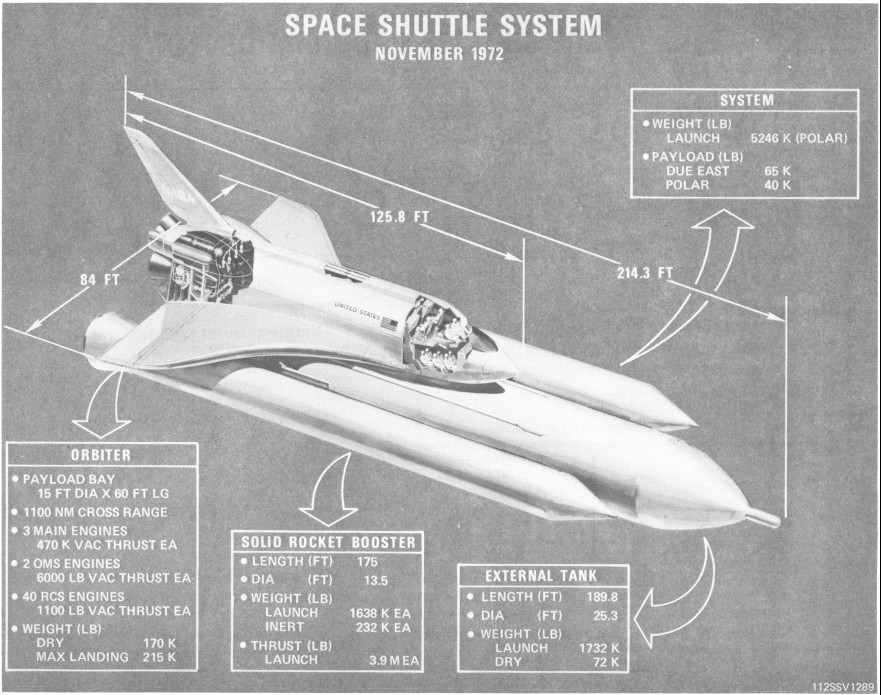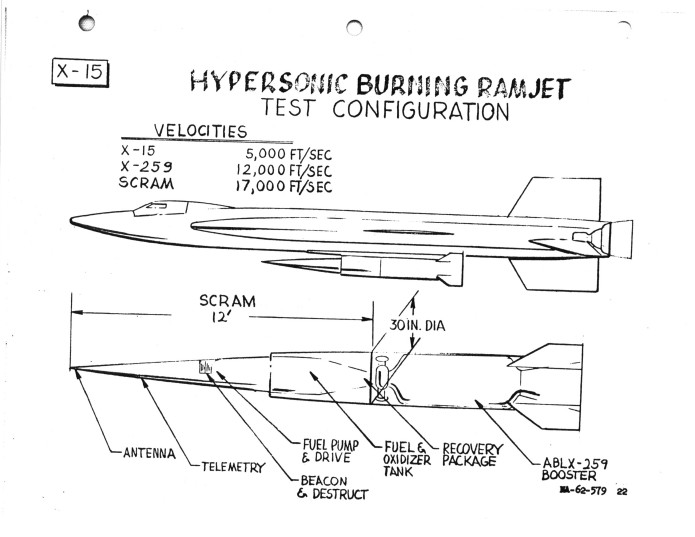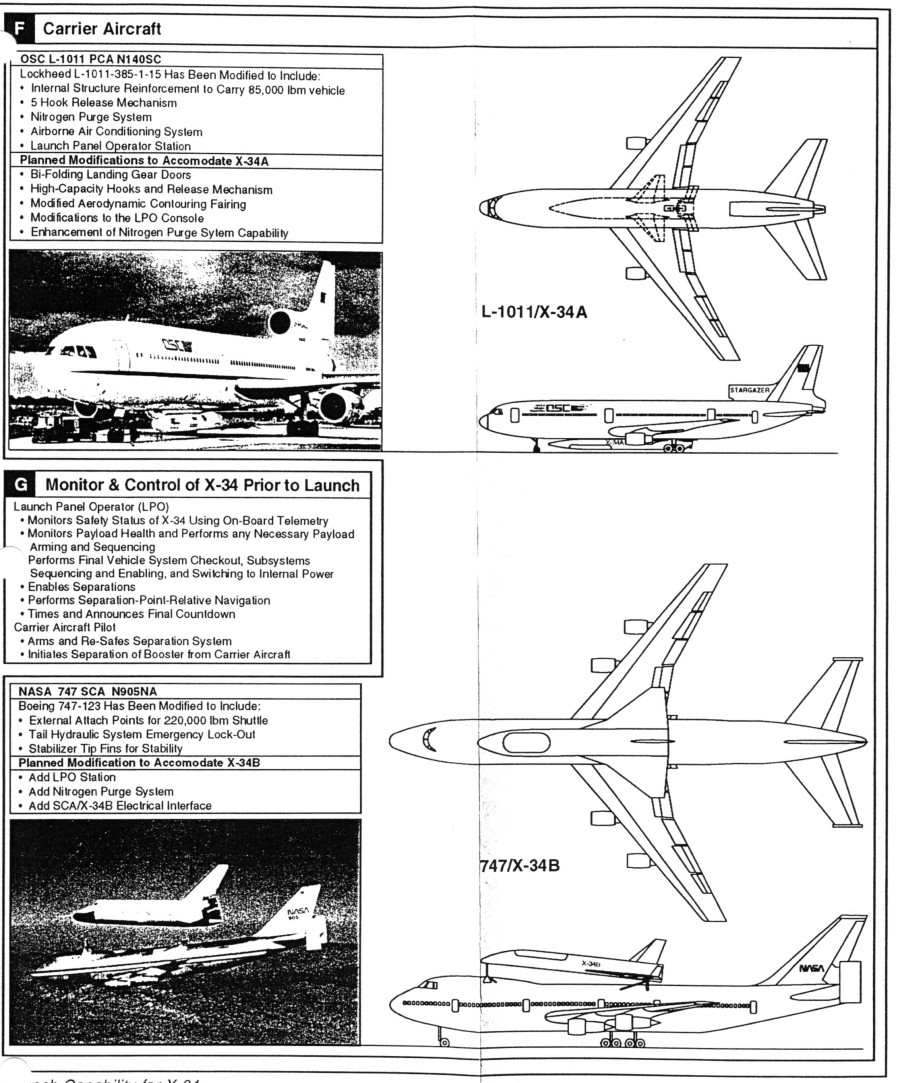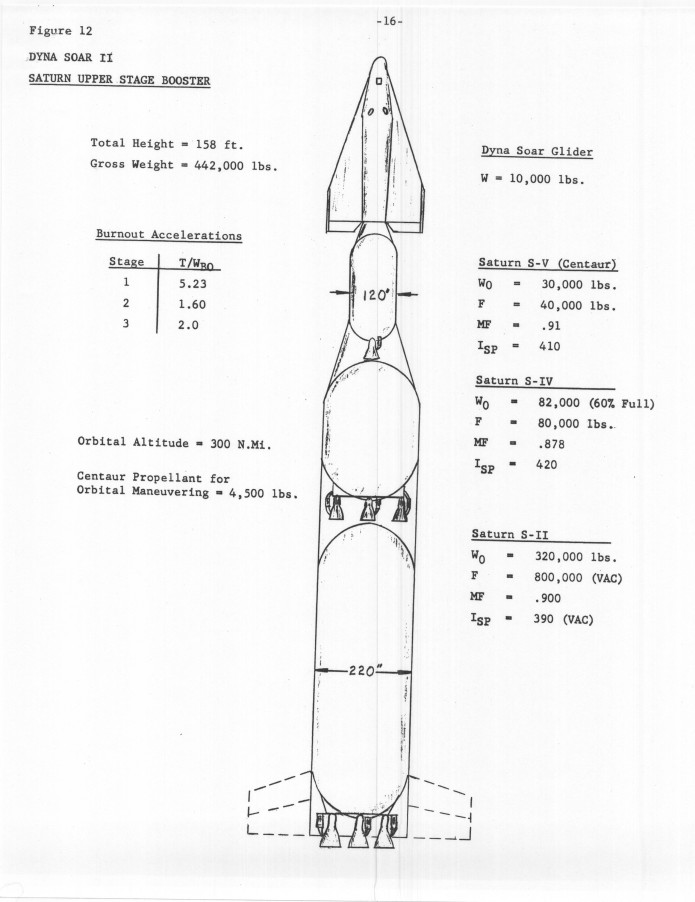Good.
I have difficulty imagining President Biden supporting something like this; I imagine a President Sanders would actively oppose it. From the White House:
Space Policy Directive-1 of December 11, 2017 (Reinvigorating America’s Human Space Exploration Program), provides that commercial partners will participate in an “innovative and sustainable program” headed by the United States to “lead the return of humans to the Moon for long-term exploration and utilization, followed by human missions to Mars and other destinations.” Successful long-term exploration and scientific discovery of the Moon, Mars, and other celestial bodies will require partnership with commercial entities to recover and use resources, including water and certain minerals, in outer space. …
Americans should have the right to engage in commercial exploration, recovery, and use of resources in outer space, consistent with applicable law. Outer space is a legally and physically unique domain of human activity, and the United States does not view it as a global commons. Accordingly, it shall be the policy of the United States to encourage international support for the public and private recovery and use of resources in outer space, consistent with applicable law. …
The United States is not a party to the Moon Agreement. Further, the United States does not consider the Moon Agreement to be an effective or necessary instrument to guide nation states regarding the promotion of commercial participation in the long-term exploration, scientific discovery, and use of the Moon, Mars, or other celestial bodies. Accordingly, the Secretary of State shall object to any attempt by any other state or international organization to treat the Moon Agreement as reflecting or otherwise expressing customary international law.
Overall it seems pretty good. It calls for the international recognition of economic exploitation of space resources and the repudiation of the execrable “Moon Agreement,” which the US somehow, astonishingly, failed to get sucked into. Some examples of just how bad the “agreement” is:
-
- Provides a framework of laws to establish an international cooperation regime, including appropriate procedures, to govern the responsible exploitation of natural resources of the Moon. (Article 11.5)
- Bans altering the environmental balance of celestial bodies and requires that states take measures to prevent accidental contamination of the environments of celestial bodies, including Earth. (Article 7.1)
- The orderly and safe use of the natural lunar resources with an equitable sharing by all state parties in the benefits derived from those resources. (Article 11.7)
- The placement of personnel or equipment on or below the surface shall not create a right of ownership. (Article 11)
- There shall be freedom of scientific research and exploration and use on the Moon by any party without discrimination of any kind. (Article 6) Samples obtained during research activities, are hoped to be made available to all countries and scientific communities for research. (Article 6.2)
- Any areas or regions reported to have a special scientific interest, shall be designated as international scientific preserves. (Article 7.3)
- State parties shall ensure that non-governmental entities under their jurisdiction shall engage in activities on the Moon only under the authority and continuing supervision of the appropriate state party. (Article 14)
- All parties shall inform the United Nations as well as the public, of their activities concerned with the exploration and use of the Moon. (Article 5)
The Moon Agreement would, if the US signed it, mean that if SpaceX started mining asteroids for unobtainium, Venezuela gets a share… not only in the riches produced, but in the running of the operation. Nopenopenopenope.





